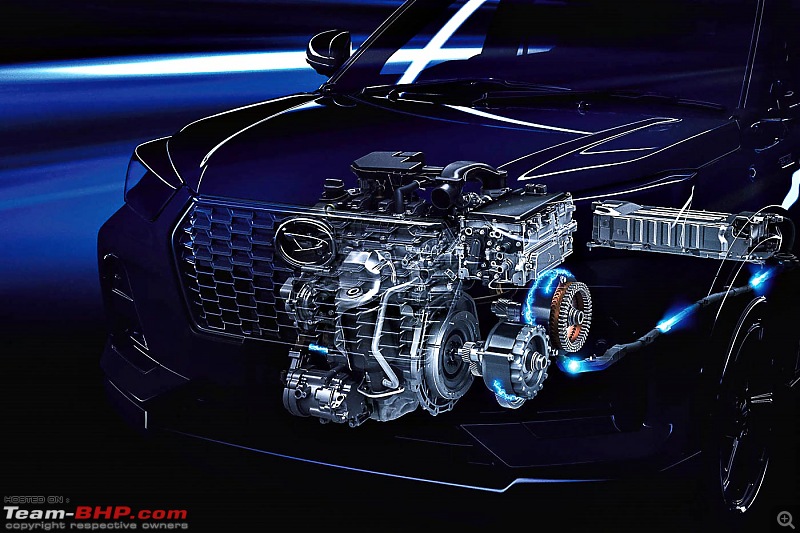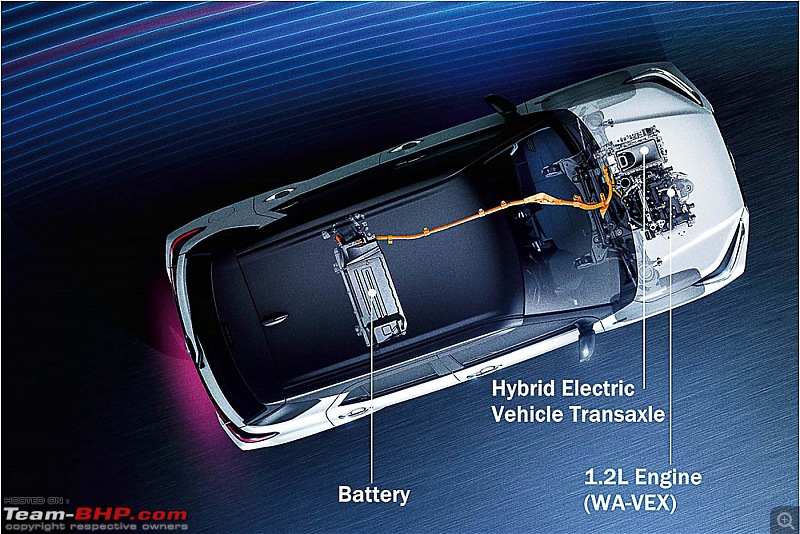Quote:
Originally Posted by Taruns_Hah  Currently, the government earns lacs of crores annually by taxing fossil fuels.
So the point is, as the use of EVs becomes more mainstream, do we seriously expect the government to let go of their biggest revenue stream? |
The government will also save a lot of money by not importing as much crude oil. That’s why there is such an aggressive push for electrification of railways in last decade.
Quote:
|
In my opinion, at that stage there will be a mechanism (michrochip or something else) which will differentiate the electricity being used to charge EVs and they will be heavily taxed for the same. The government would most likely want to stay revenue neutral between EVs and current tech.
|
You can’t actually do that using a microchip. The government can, however, force people to use a “sub meter” for charging EV. This concept is already present in Maharashtra IIRC
. The electricity consumption from this sub meter will be charged at different slab than household rate (which will include the said taxes which you theorise)
Quote:
|
This would most likely have the effect that the low (C-H-E-A-P) running costs of approximately Rs. 1 which all of us are salivating about, will most likely disappear.
|
Yes, at some point, governments will also pull the plug (pun intended

) on subsidy and registration fee waivers. I don’t think it will continue beyond 2030 at best, 2025 at worst.
Government will not do it right away because the country is still in the grassroots phase of the S curve of adopting EVs. It will become increasingly difficult in future emission controls, if a company keeps using non hybrids. Thus companies will be forced to go EV or hybrid. At that time when the people and companies don’t have options, it’s then when plug is pulled.
Also note that present subsidies are in place to incentivise production and uptake of EVs because they are costlier than comparable cars. Nexon EV is about 2.5L higher than Nexon petrol amt with same feature set. Once this gap is closed, there is no need as it will be apparent that EVs are cheaper. This will come through improved economies of scale in battery production and the decrease in price of batteries themselves.
Quote:
Originally Posted by MrSDey  Questions:
2. Any idea if I buy a Nexon now, can I add the 30.2 kWh battery to it latter on? Plan to visit Tata showroom tomorrow to figure out whether this is possible. Then I can buy the Nexon now without waiting for Altroz. |
I’m not sure what you mean, but Nexon EV already has 30kWh battery. I think you meant the rumoured “long range battery” which is theorised to make debut on altroz. The answer to that can only come from Tata, but my personal takeaway from the tigor affair is, that Tata cannot just put powertrain from one car in another unless they share platforms.
The likely battery size will be 45-50kWh as
discussed by fellow BHPians in the rumour thread. (Scoop! Tata Altroz EV to get larger battery, 40% more range) That will be heavier than current one and also physically larger. Thus, I don’t think Tata will able to put the 50kWh pack in Nexon at a future date unless they have designed Nexon EV with that in mind.
Quote:
|
3. Any update on the Kia? Plan to visit them as well tomorrow, both showrooms are nearby on Airport road.
|
None so far. They have launched their EV6 and plans on a Niro EV facelift but none are planned to land in India yet. Niro is also kind of Tesla Model 3 category in pricing (~$40K), so it will be very costly if imported, and as I said, no plans to make it here.
Quote:
|
4. Lastly, has anyone self-made such an extension cord? It needs a 5amp-15amp converter, but just a mechanical conversion will not work.
|
You cannot do that. 15A uses completely different gauge of wiring than 5A so you’ll be taking huge risks even if you could do that. It’s a physical (as in, physics) limitation.
The max power you can draw from 5A socket is 1200W (5A*240V = 1.2kW) but the Nexon EV charges at 3.2kW IIRC. The charger will simply refuse to work even if someone could go against physics and invent such a contraption (and mind you, they’ll be risking burning down the 5A wiring if 15A flows through it)
You absolutely need a separate 15A wiring. There is no such thing as a 5Ato15A converter.
A transformer can step down voltage, which essentially does increase current, but output power remains same as input power — so now it will output 15A but at 80V — which again, the charger will refuse to work at because the voltage is too low and total power is till 1200W (or in reality, a bit lesser than that due to losses)
 (3)
Thanks
(3)
Thanks
 (2)
Thanks
(2)
Thanks
 (2)
Thanks
(2)
Thanks
 (1)
Thanks
(1)
Thanks
 (3)
Thanks
(3)
Thanks
 (2)
Thanks
(2)
Thanks

 (2)
Thanks
(2)
Thanks

 (3)
Thanks
(3)
Thanks

 (2)
Thanks
(2)
Thanks







 ) on subsidy and registration fee waivers. I don’t think it will continue beyond 2030 at best, 2025 at worst.
) on subsidy and registration fee waivers. I don’t think it will continue beyond 2030 at best, 2025 at worst. 

 But in my idea, no battery to be used other than the normal small battery.
But in my idea, no battery to be used other than the normal small battery.
